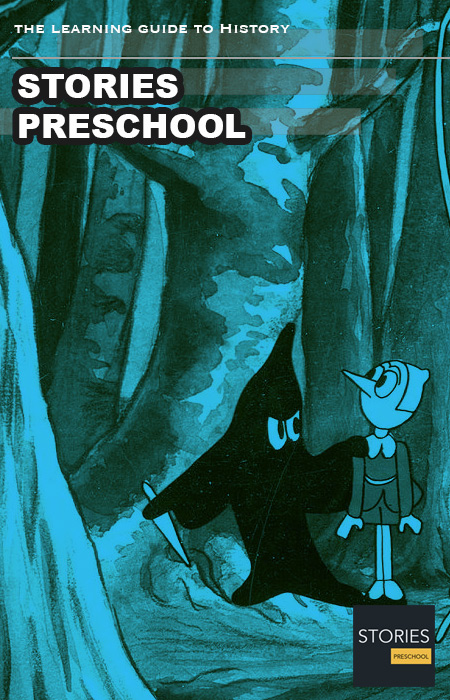
Children's Literature
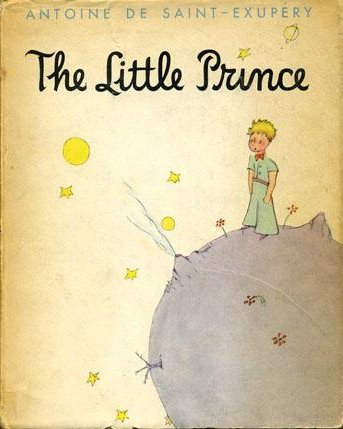

Children's literature or juvenile literature includes stories, books, magazines, and poems that are enjoyed by children. Modern children's literature is classified in two different ways: genre or the intended age of the reader. Children's literature can be traced to stories and songs, part of a wider oral tradition, that adults shared with children before publishing existed. The development of early children's literature, before printing was invented, is difficult to trace. Even after printing became widespread, many classic "children's" tales were originally created for adults and later adapted for a younger audience.
More about Children's Literature »
Fairy Tales
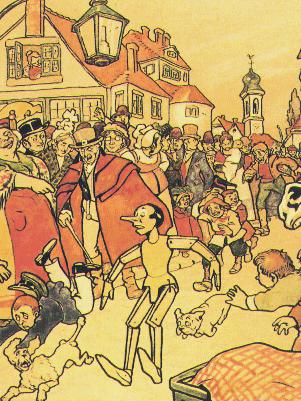

A fairy tale is a type of short story that typically features folkloric fantasy characters, such as dwarves, elves, fairies, giants, gnomes, goblins, mermaids, trolls, or witches, and usually magic or enchantments. Fairy tales may be distinguished from other folk narratives such as legends (which generally involve belief in the veracity of the events described) and explicitly moral tales, including beast fables. The term is mainly used for stories with origins in European tradition and, at least in recent centuries, mostly relates to children's literature.
More about Fairy Tales » List of Fairy Tales »
Picture Book
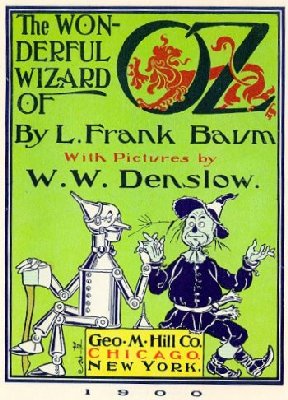

A picture book combines visual and verbal narratives in a book format, most often aimed at young children. The images in picture books use a range of media such as oil paints, acrylics, watercolor, and pencil, among others. Two of the earliest books with something like the format picture books still retain now were Heinrich Hoffmann's Struwwelpeter from 1845 and Beatrix Potter's The Tale of Peter Rabbit from 1902. Some of the best-known picture books are Robert McCloskey's Make Way for Ducklings, Dr. Seuss' The Cat In The Hat, and Maurice Sendak's Where the Wild Things Are. The Caldecott Medal (established 1938) and Kate Greenaway Medal (established 1955) are awarded annually for illustrations in children's literature. From the mid-1960s several children's literature awards include a category for picture books.
More about Picture Books »
Alphabet Book
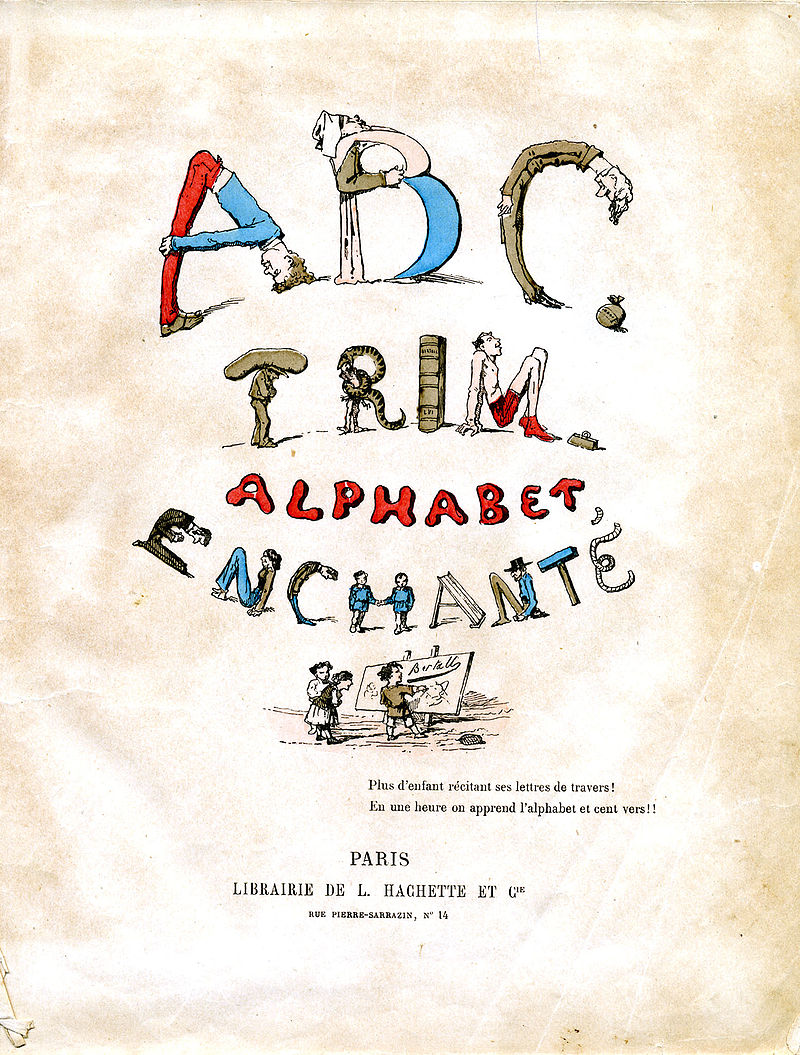

An alphabet book is a book primarily designed for young children. It presents letters of the alphabet with corresponding words and/or images. Some alphabet books feature capitals and lower case letter forms, keywords beginning with specific letters, or illustrations of keywords. Alphabet books may consist of sentences, paragraphs, or entire pages highlighting letters and corresponding keywords in a variety of creative and imaginative formats. Today there are many diverse kinds of alphabet books that captivate a reader’s interest through alliteration, onomatopoeia, creative narratives, poetry of all kinds, clever three-dimensional illusions, mysterious visual treasure hunts, humor, and curiosity. Electronic alphabet books are now on the market, with various animations and audio features.
More about Alphabet Books »
Pop-up Book
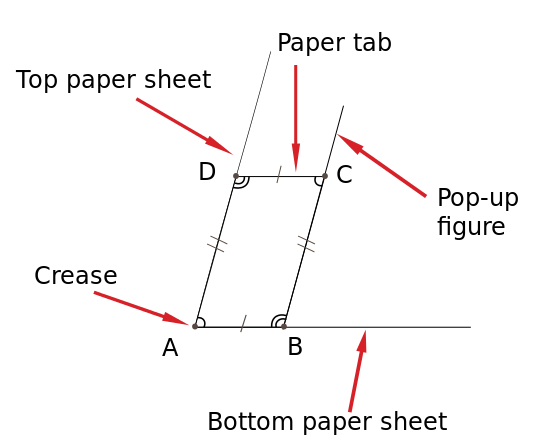

The term pop-up book is often applied to any three-dimensional or movable book, although properly the umbrella term movable book covers pop-ups, transformations, tunnel books, volvelles, flaps, pull-tabs, pop-outs, pull-downs, and more, each of which performs in a different manner. Also included, because they employ the same techniques, are three-dimensional greeting cards.
More about Pop-up Books »
Toy Book
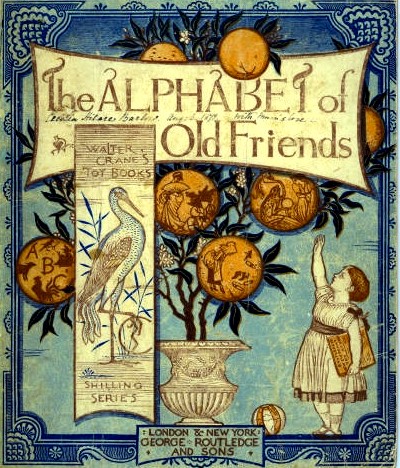

Toy books were illustrated children's books that became popular in England's Victorian era. The earliest toy books were typically paperbound, with six illustrated pages and sold for sixpence; larger and more elaborate editions became popular later in the century. In the mid-19th century picture books began to be made for children, with illustrations dominating the text rather than supplementing the text.
More about Toy Books »
Nursery Rhyme
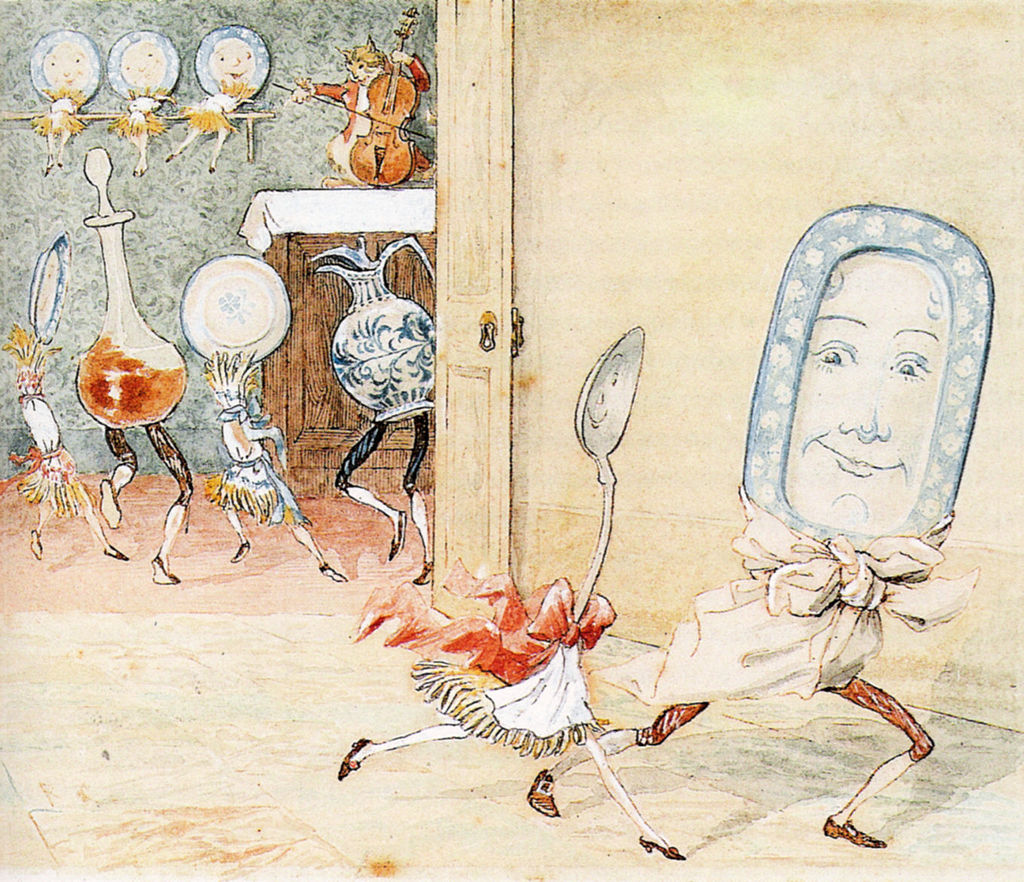

A nursery rhyme is a traditional poem or song for young children in Britain and many other countries, but usage only dates from the late 18th /early 19th century. In North America the term Mother Goose Rhymes, introduced in the mid-18th century, is still often used. The oldest children's songs of which we have records are lullabies, intended to help a child sleep. Lullabies can be found in every human culture. The English term lullaby is thought to come from "lu, lu" or "la la" sounds made by mothers or nurses to calm children, and "by by" or "bye bye", either another lulling sound or a term for good night.
More about Nursery Rhyme » List of Nursery Rhymes »
Short Story
A short story is a piece of prose fiction, which can be read in a single sitting. Emerging from earlier oral storytelling traditions in the 17th century, the short story has grown to encompass a body of work so diverse as to defy easy characterization. At its most prototypical the short story features a small cast of named characters, and focuses on a self-contained incident with the intent of evoking a "single effect" or mood. In doing so, short stories make use of plot, resonance, and other dynamic components to a far greater degree than is typical of an anecdote, yet to a far lesser degree than a novel. While the short story is largely distinct from the novel, authors of both generally draw from a common pool of literary techniques.
More about Short Story »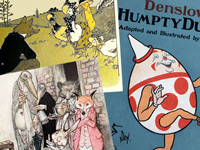
RESOURCES
This article uses material from the Wikipedia articles "Short story", "Children's literature", "Picture book", "Alphabet book", "Pop-up book", "Toy book", "Nursery rhyme", "Fairy tale", "List of fairy tales", which is released under the Creative Commons Attribution-Share-Alike License 3.0.
© Stories Preschool. All Rights Reserved.
"Building Cool Educational Stuff for children and adults!"


Historic Battles
Wars and military campaigns are guided by strategy, whereas battles take place on a level of planning and execution known as operational mobility.
View Historic Battles »


Historic People
A historical figure is a famous person in history, such as Alexander the Great, Admiral Yi Sun-Shin, Abraham Lincoln, George Washington, Christopher Columbus, or Napoleon Bonaparte.
View Historic People »


Historic Timeline
Describes the history of humanity as determined by the study of archaeological and written records. Ancient recorded history begins with the invention of writing.
View Historic Timeline »

Historic Legends
Beings in myths are generally gods and goddesses, heroes and heroines, or animals and plants. Most myths are set in a timeless past before recorded time or beginning of the critical history.
View Historic Legends »

Sports World
Includes competitive games which, through casual or organized participation, aim to use, maintain or improve physical ability and skills while providing enjoyment to participants.
View Sports World »

Untold Stories
If you have any questions, feedback or suggestions for us, we'd like to hear from you. Please feel free to contact us!
Contact Us

Historic Battles
Wars and military campaigns are guided by strategy, whereas battles take place on a level of planning and execution known as operational mobility.
View Historic Battles »

Historic People
A historical figure is a famous person in history, such as Alexander the Great, Admiral Yi Sun-Shin, Abraham Lincoln, George Washington, Christopher Columbus, or Napoleon Bonaparte.
View Historic People »

Historic Timeline
Describes the history of humanity as determined by the study of archaeological and written records. Ancient recorded history begins with the invention of writing.
View Historic Timeline »

Historic Legends
Beings in myths are generally gods and goddesses, heroes and heroines, or animals and plants. Most myths are set in a timeless past before recorded time or beginning of the critical history.
View Historic Legends »

Sports World
Includes competitive games which, through casual or organized participation, aim to use, maintain or improve physical ability and skills while providing enjoyment to participants.
View Sports World »

Untold Stories
If you have any questions, feedback or suggestions for us, we'd like to hear from you. Please feel free to contact us!
Contact Us
Historic Battles
Wars and military campaigns are guided by strategy, whereas battles take place on a level of planning and execution known as operational mobility.
View Historic Battles »

Historic People
A historical figure is a famous person in history, such as Alexander the Great, Admiral Yi Sun-Shin, Abraham Lincoln, George Washington, Christopher Columbus, or Napoleon Bonaparte.
View Historic People »

Historic Timeline
Describes the history of humanity as determined by the study of archaeological and written records. Ancient recorded history begins with the invention of writing.
View Historic Timeline »

Historic Legends
Beings in myths are generally gods and goddesses, heroes and heroines, or animals and plants. Most myths are set in a timeless past before recorded time or beginning of the critical history.
View Historic Legends »

Sports World
Includes competitive games which, through casual or organized participation, aim to use, maintain or improve physical ability and skills while providing enjoyment to participants.
View Sports World »

Untold Stories
If you have any questions, feedback or suggestions for us, we'd like to hear from you. Please feel free to contact us!
Contact Us